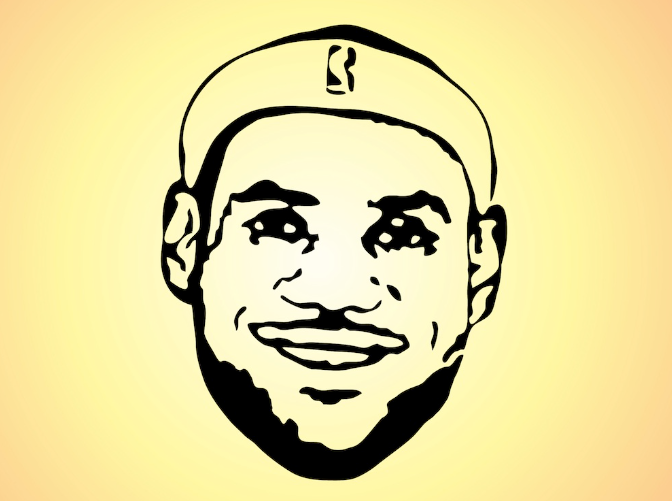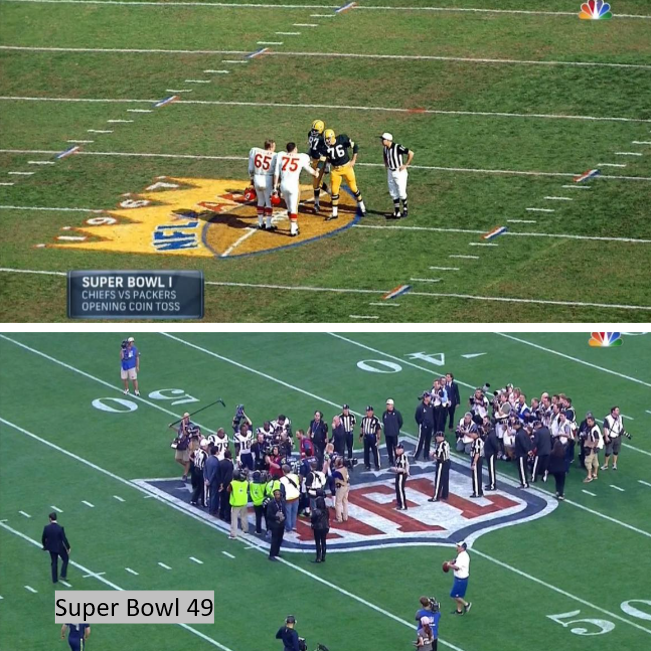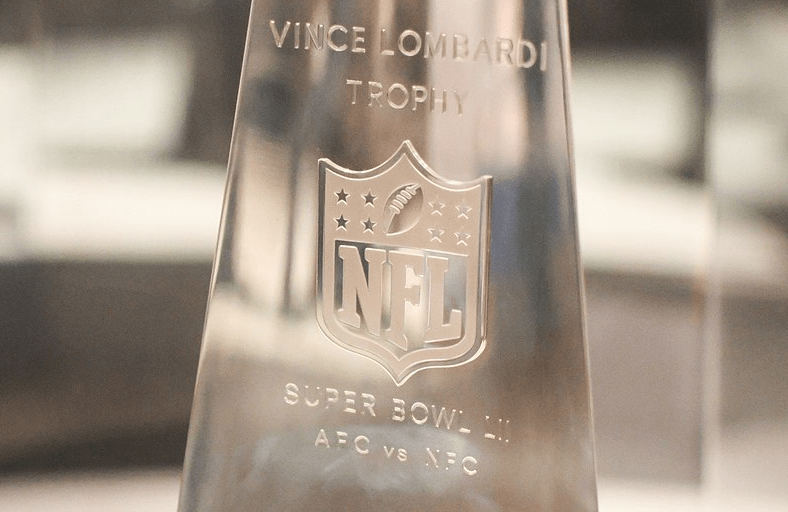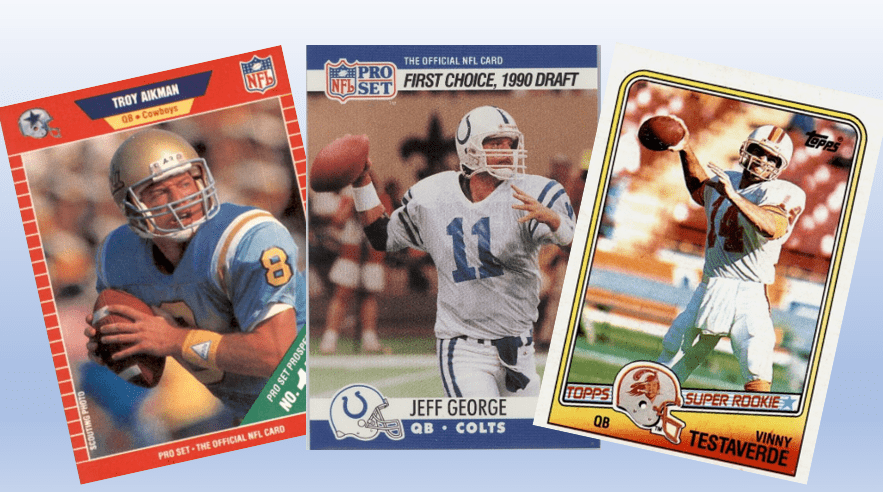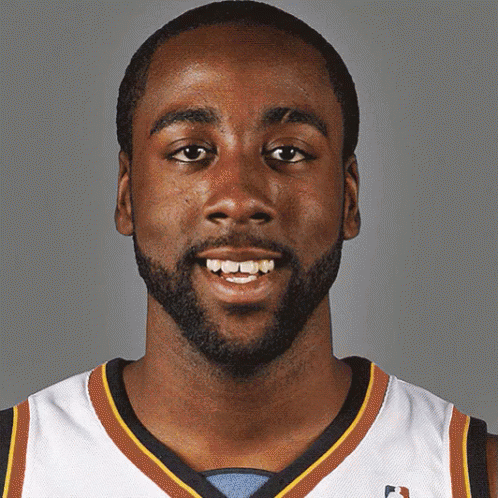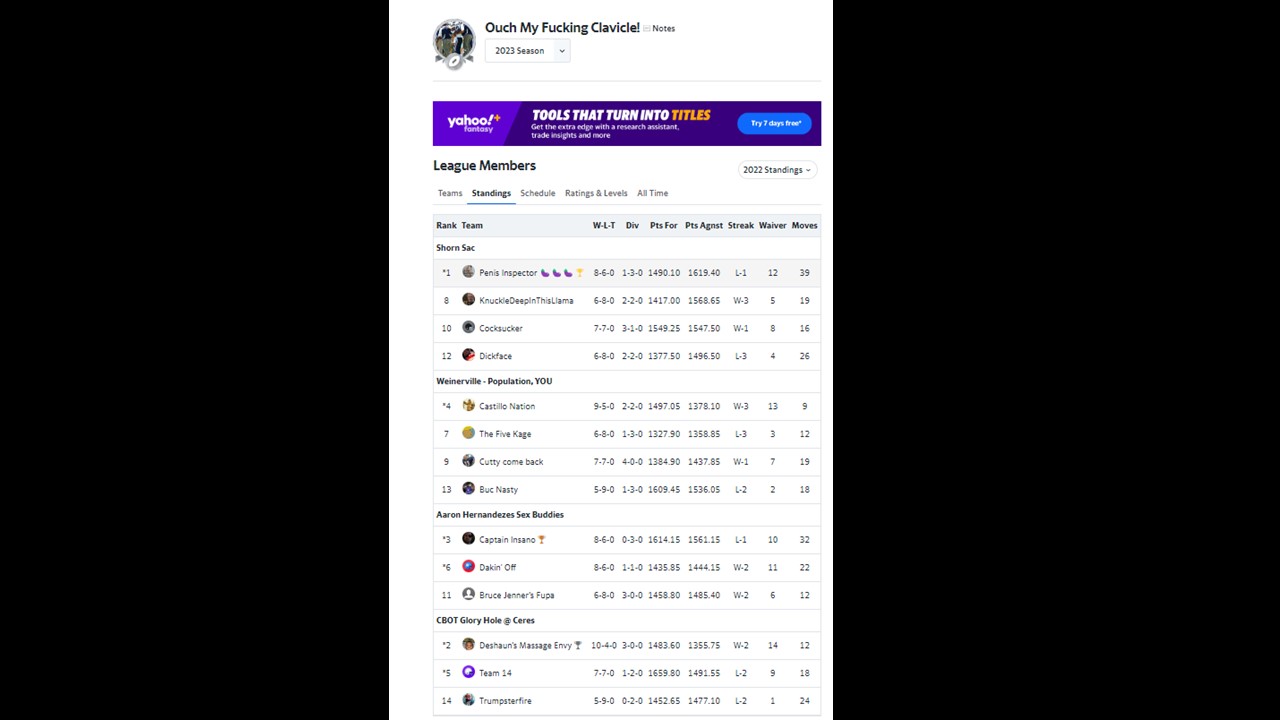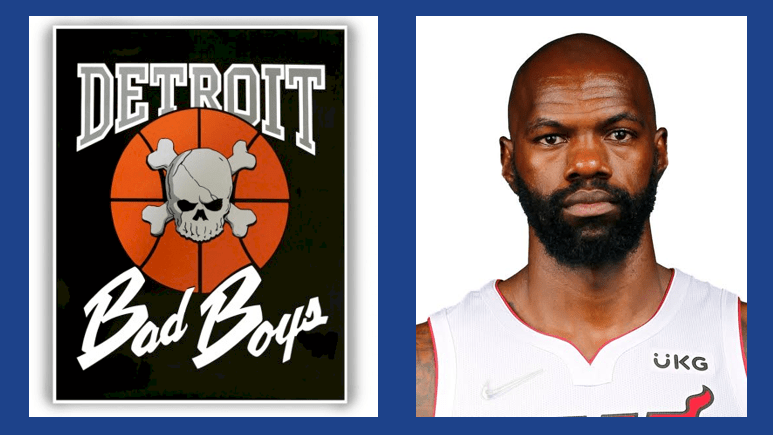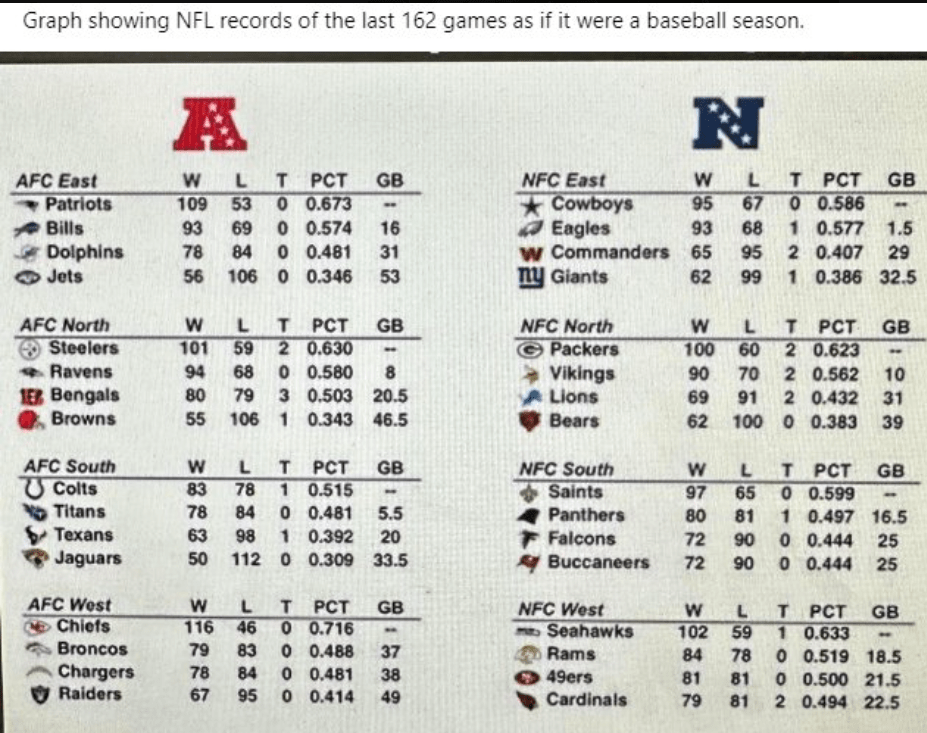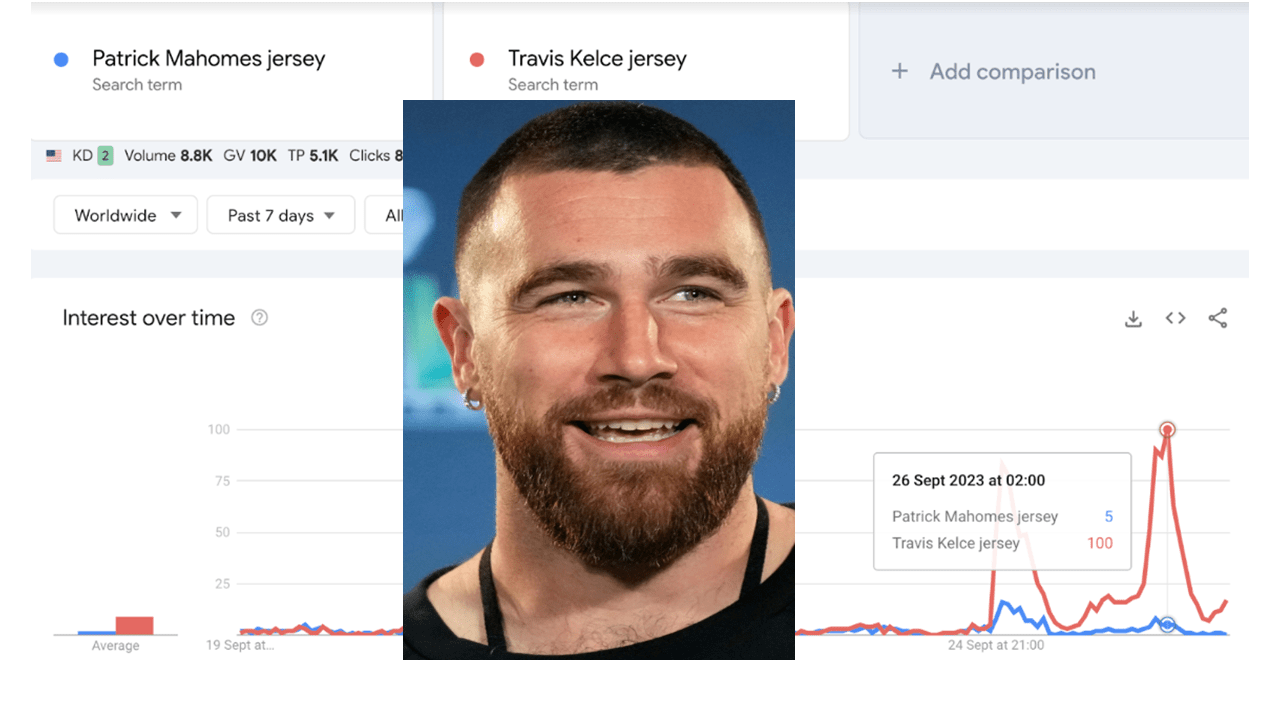
The “Move”: Inside the Dr.’s iconic scoop play.
42 years ago this week, Julius Winfield Erving II aka Dr. J made the greatest individual play for NBA on CBS Sports.
In a tight game, at home, Dr. J’s baseline move would alter the course of the game, his career, and indeed the trajectory of the entire NBA.
Consider:
1.) Career– Despite his humility, Erving had never around the league been universally accepted; Indeed, much later Kareem Abdul-Jabbar would curse the fact that he could have been a teammate with the Dr.
But, the brass didn’t care much for the one on one style that Erving represented; which in a way is what the Dr. J move represented in one, single play.
Until recently, it is my opinion that this contributed to Erving’s near solitude until his recent outspokenness (in this poster’s mind encouraged by Isiah Thomas, the little man who shockingly emerged as the greatest defender of the CBS generation)
2.) The game– Though the 3 point shot was in its infancy in 1980 (in the NBA), most teams including the Sixers did not use it as a weapon. Henceforth, the “move” put the Sixers up by 7. Since Philly was a formidable defensive team, the 7 point lead was really more like a 15 point bulge. Dr. J’s move was done on the grandest stage, the 1980 NBA Finals, against its most beloved team.
3.) Philly vs. the 76ers– It is not a misprint. While J was the quintessential (and remains so, Allen Iverson be damned) 76er, the Lakers ran Philly fast break basketball.
With the recently departed Jack McKinney and his friend/student Paul Westhead, they bought traditional basketball matched against the transplanted 76er organization (Erving and the great Billy Cunningham).
With the eventual 76er win, they evened the series with the Lakers, who played traditionally Philly basketball with a West Coast twist.
4. The future of the NBA– From 1965-1980, every single league MVP would be a center; And in this game, the most frequent of them all had been Kareem Abdul Jabbar (now at a league record 6). But, though he would play for the rest of the decade, the final award for Abdul Jabbar would signal the end of the “old ” NBA and the berth of the modern one.
Only 4 centers in the following 41 years would capture league MVP (Moses Malone, Hakeem Olajuwon, David Robinson, Shaquille O’Neal), and none (save perhaps O’Neal) would ever have Abdul-Jabbar’s stature as the face of the NBA.
Thus, Erving’s baseline move in so many ways shifted the NBA away from its traditional center of dominance to its wing, and finally to the position less basketball we play today.
Personally, it is my hope Joel Embiid capture’s the 2022 NBA MVP on the heels of Jokic being named 2021 NBA MVP to reverse this trend.
Thus, Erving paved the way for the basketball we see so frequently today, even though it took Malone to put him over the top against a more seasoned version of these very Lakers.
In any event, salute to the Doctor and “The Move!”

